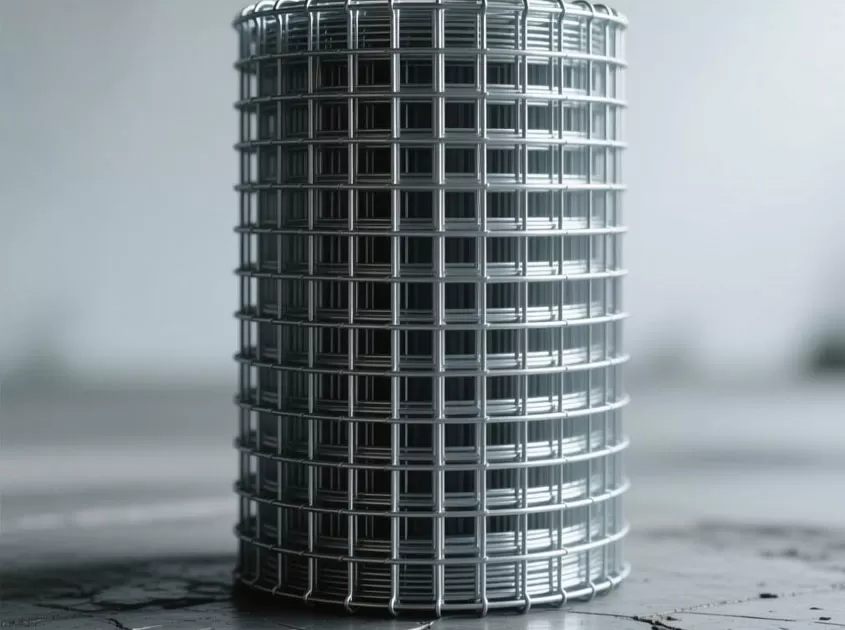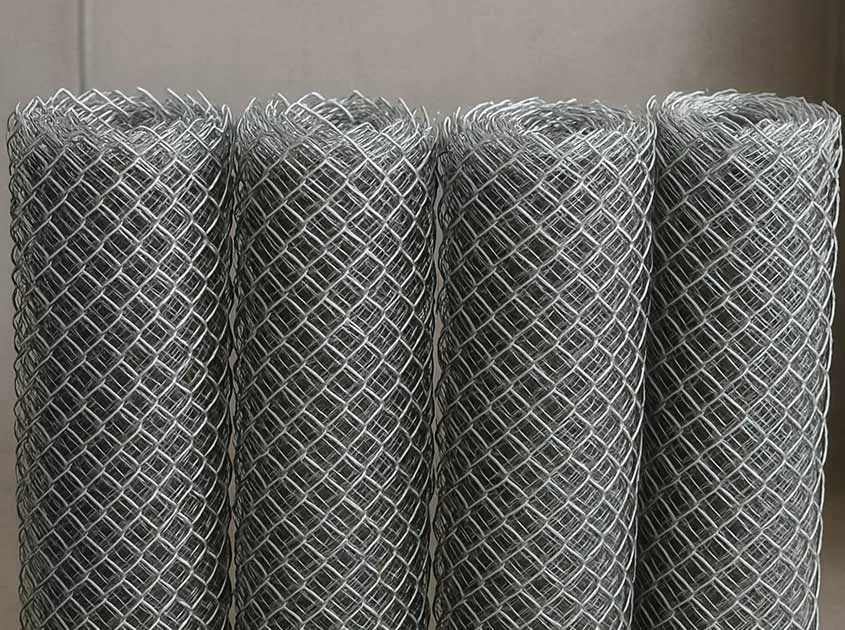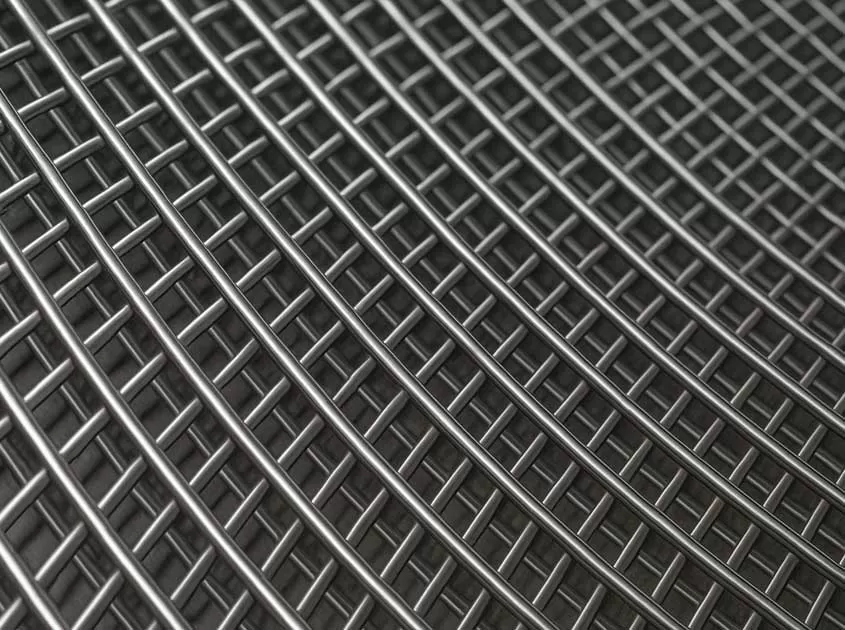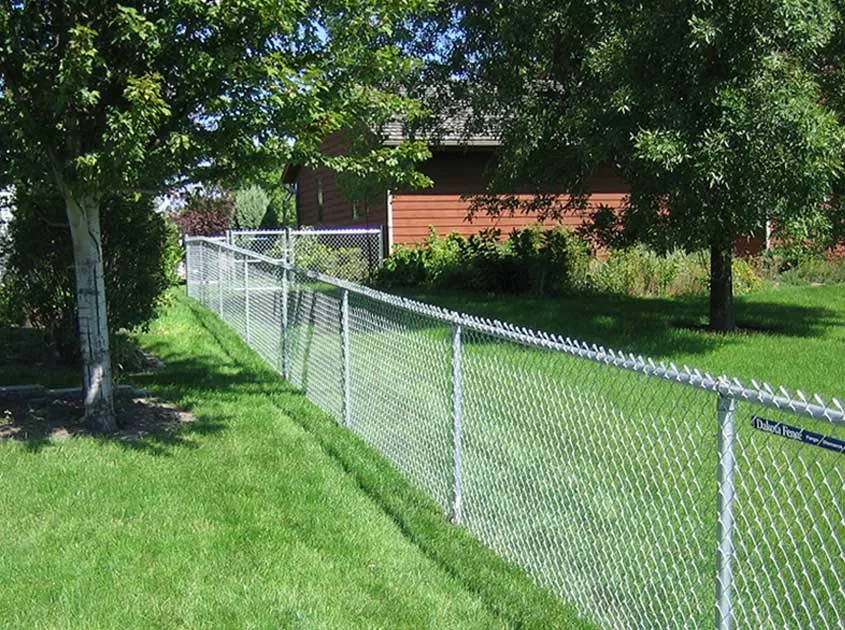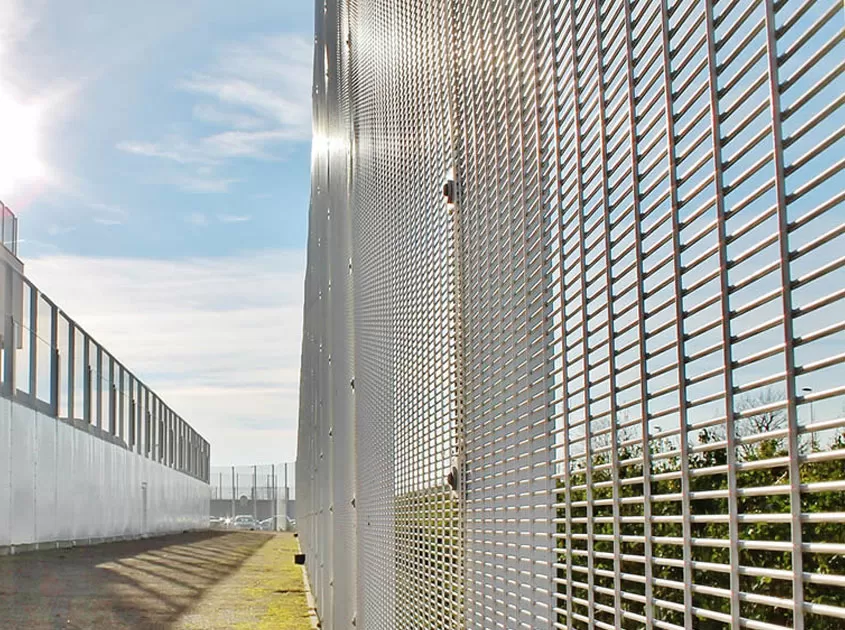How to Size Expanded Metal?
Expanded metal is a versatile material commonly used in various applications, including fencing, screening, grating, and security mesh. Sizing expanded metal involves determining the dimensions of the expanded metal sheet, including the strand width, opening size, and overall sheet size. Proper sizing is essential to ensure the expanded metal meets the specific requirements of the intended application. Here's a guide on how to size expanded metal:
Understanding Expanded Metal Specifications
Before sizing expanded metal, it's essential to understand the various specifications used to describe the material:
Strand Width: The width of the metal strands after the expansion process. This is typically measured in inches or millimeters.
Strand Thickness: The thickness of the metal strands before the expansion process. This is typically measured in gauge or inches.
Opening Size: The size of the diamond-shaped openings in the expanded metal sheet. This is typically measured as the distance between adjacent strands, either in inches or millimeters.
Sheet Size: The overall dimensions of the expanded metal sheet, including width and length. This is typically measured in feet or meters.
Determine Application Requirements
Identify the specific requirements of the application for which the expanded metal will be used. Consider factors such as load-bearing capacity, ventilation, visibility, security, and aesthetics. These requirements will help determine the appropriate specifications for the expanded metal, including the strand width, opening size, and sheet size.
Calculate Strand Width and Opening Size
Based on the application requirements, calculate the desired dimensions for the expanded metal strands and openings. The width of the strands and the size of the openings will depend on factors such as the desired level of strength, airflow, and visibility. Use these calculations to select the appropriate expanded metal specification from the manufacturer's product offerings.
Choose Sheet Size
Once you have determined the desired specifications for the expanded metal, choose the appropriate sheet size to meet the requirements of your project. Consider factors such as the area to be covered, installation method, and any cutting or shaping required. Expanded metal sheets are available in various standard sizes, but custom sizes can also be ordered to meet specific project needs.
Consider Installation and Fabrication
Take into account any additional considerations related to installation and fabrication. Determine whether the expanded metal sheets need to be trimmed, bent, or welded to fit the application. Plan for any necessary support structures or framing to ensure proper installation and secure attachment of the expanded metal.
Consult with Suppliers and Manufacturers
If you're unsure about the sizing requirements or need assistance selecting the appropriate expanded metal specifications for your project, consult with suppliers and manufacturers. They can provide valuable guidance and expertise to help you choose the right product for your needs.
Conclusion
Sizing expanded metal involves determining the dimensions of the metal strands, openings, and sheet size to meet the specific requirements of the application. By understanding the specifications, calculating the desired dimensions, and considering installation and fabrication needs, you can effectively size expanded metal for your project and ensure optimal performance and functionality.
To see all of our expanded metal options online, click here.
-
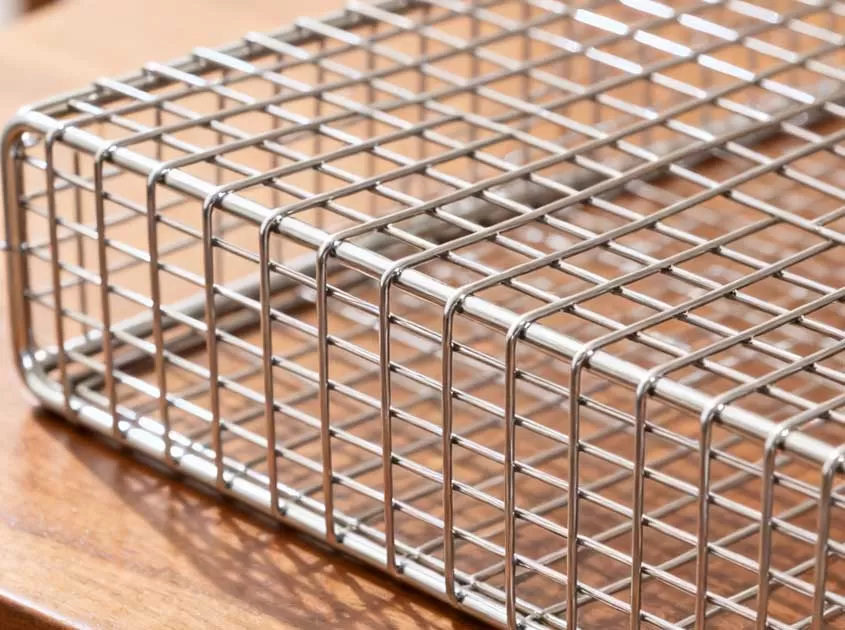 Corrosion-Resistant Stainless Steel Wire Mesh Oct 28, 2025
Corrosion-Resistant Stainless Steel Wire Mesh Oct 28, 2025

- Tel.: +86 311 83077076
- E-mail: sales@qunkunmetal.com
- Skype: qunkunsales01
- WhatsApp: 8618032412189
- Add.: No.69 The Filter Industrial Part of Anping, Hebei, China







